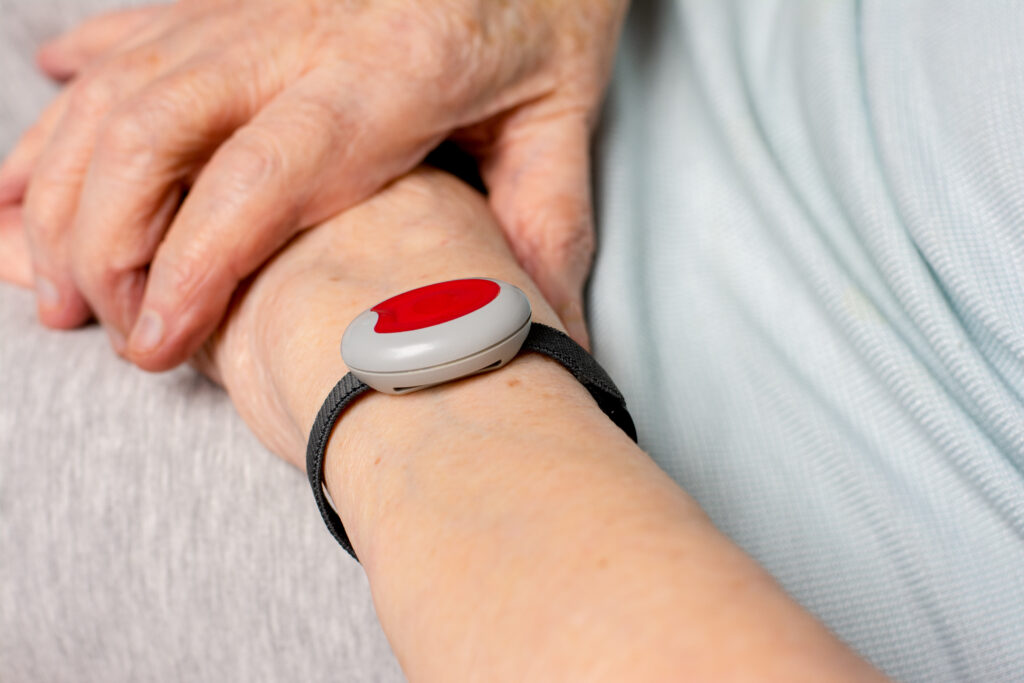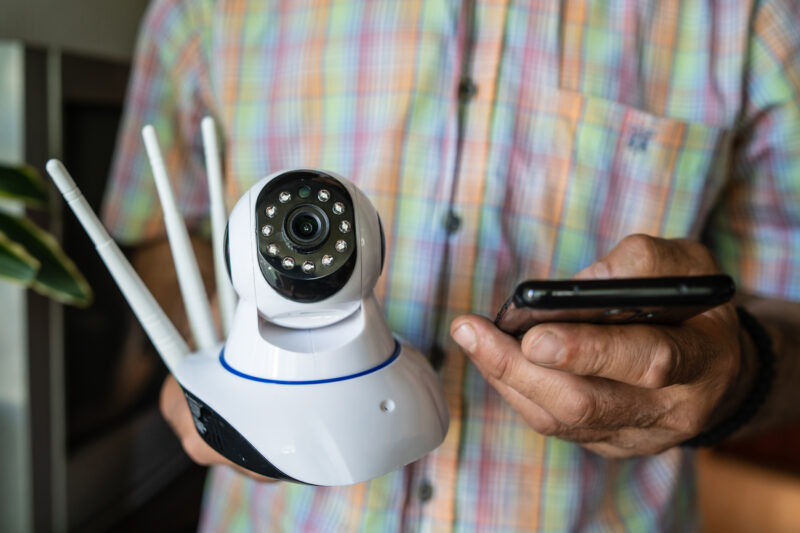Linda Shive was a little nervous.
“We kept saying, we need a motion detector or something, some kind of alarm system.”
The professional caregiver was working 24-hour shifts for an elderly man with dementia, and she tried to warn the family an escape was imminent.
“The family’s like, ‘Oh, he won’t leave the house. He’ll never leave the house.’ Well, sure enough.”
Shive started in his bedroom, then checked the walk-in closets—then noticed the slightly open front door.
“We had the police looking all over,” she said. “I was walking up and down the neighborhoods, looking for him, and sure enough, he came back. He plopped himself in the front yard.”
It turns out the 74-year-old escapee packed a bag – complete with a toothbrush, boxers, fresh socks and a pajama top – and started to make his way from Missouri to his brother’s house in California (who had already died). Apart from stealing a concrete turtle lawn ornament somewhere along the route, the man was otherwise safe and unharmed.
While security and surveillance systems are nothing new – and can be extremely valuable, helping caregivers ensure the safety of their loved ones, even from long distances – the choice isn’t always an easy one—and can also be expensive.
Plenty of options but not as many payors
Smart home devices are quickly becoming ubiquitous across U.S. homes, and older adults are embracing the new tech. Research firm Forrester reports that smart speakers, like the popular Amazon Echo, are among the top smart devices for those over age 60. And the firm predicts by 2022, one in five households will have at least one smart device excluding smart speakers.
Yet, for all the popularity, cost continues to be an issue, especially for older adults (and their family members) on fixed incomes. A recent survey reports the monthly fee of many of these devices is the top concern for 53% of customers, followed by privacy concerns and the cost of setup and installation.
For caregivers looking for an entire in-home system and who can pay out-of-pocket, options are plentiful, offering solutions to not only monitor home security but also falls, inactivity, toilet usage and more, from companies like People Power, SentryTell and Caregiver Smart Solutions. But these systems often come with high price tags and remain out of reach for many. Medicare and Medicaid only rarely cover the cost, and coverage by private insurers is never guaranteed.
Even basic medical alert systems – wearable buttons connected to a monitoring center – are usually not covered by Medicare, as they don’t fit the definition of “durable medical equipment,” Casey Schwarz, an attorney at Medicare Rights, told Forbes:
“Federal law defines what Medicare pays for,” she said. “And since they are not medical devices, they’re not part of the medical benefit.”
On the state level, The Washington Post reports that Medicaid does provide coverage for what’s known as “passive monitoring” for older adults still in the home, “but it’s not clear how many states have opted to pay for such service.”

Comparing the cost to long-term care
Despite the often out-of-reach price tag for many home monitoring services, many family caregivers are forced to compare that number with the rising costs of an assisted living facility or nursing home.
With an estimated 70% of older adults needing long-term care in their lives, many seniors and their families are finding they don’t have near the amount saved these types of facilities require. Genworth crunched the numbers on a national scale and estimated the median monthly costs for various long-term care options:
- Home health aide: $4,576 per month
- Assisted living facility: $4,300 per month
- Semi-private room (nursing home): $7,756 per month
- Private room (nursing home): $8,821 per month
When many family caregivers compare the cost of these options – from $51,600 to $105,852 per year – the cost of home monitoring often pales by comparison. Even if these smart devices buy a family an extra year of not paying for a facility, the cost savings can be substantial. It also supports the overwhelming preference of most older adults, who want to stay in their homes and age in place.
New tech advances may also save patients and their families in health care costs, as more of these smart monitoring devices also integrate with health systems. This allows physicians to more closely monitor vital signs, while using artificial intelligence and machine learning to analyze the data and identify any trends. This means any necessary interventions can often be implemented earlier, which reduces the need for expensive trips to the emergency department. That type of change can be a “game changer” for older adults, writes Bill Paschall for the Healthcare Information and Management Systems Society (HIMSS):
“No group of patients can benefit from remote care more than older people. In the U.S., they overwhelmingly account for the highest volume of chronic comorbid conditions and for more than half of the U.S. spend on health care. The need to monitor these conditions closely has led to many of them being placed in nursing homes and other long-term care facilities when they were otherwise capable of living on their own.”
Weighing all the options of in-home care
For many caregivers, the cost of at least some kind of monitoring system is worth every penny—to not only improve the health and safety of an older adult aging in place but also to bring a peace of mind for the family members who love them.
Whether caregivers opt for a basic medical alert device or a robust whole-home system, it’s crucial that family members come together to decide what makes the most sense for the loved one in their life.
“You need the alert system,” Shive said. “They can wear the bracelet or the necklace around their neck. That is a very perfect tool for them to have; it’s a necessity at that point … You have to just kind of communicate with each other and try to find out what’s the best thing for your parents.”

